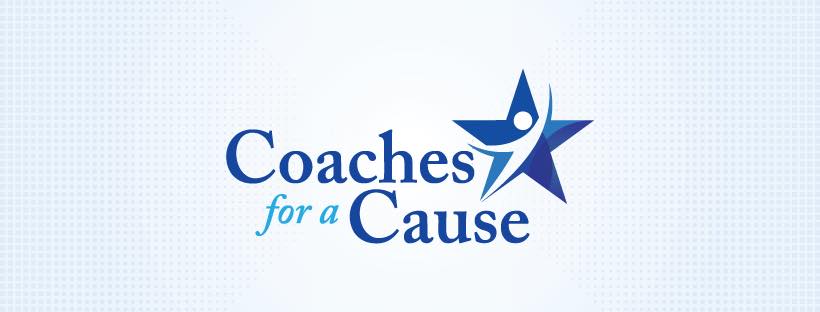I have often said that "Forty is where things started to get really good." I got a bit more comfortable being me. My running took off. I have run Boston - twice; achieved "Streaker" status at the Breast Cancer Marathon - #RunDonna. And ... I found Triathlon. As I near fifty, I can only imagine how much better things can be.
I haven't "raced" triathlon at a level worth calling competitive since I kind of fell into the sport as "support and sherpa" for my older son, the one I refer to as #KonaKid. He started in youth tris and then jumped headlong at the age of 12 into "adult sprints." I followed along because I was a "momma hen" and didn't want my baby chick on the road with all those scary grown up athletes. It wasn't long before he had proven that he could hold his own and make those "scary" grown ups chase him down in order to beat him at the finish line. Yes, I have some great finish line stories.
In the early years: 2008 - 2010, I would wait on the beach (forfeiting a finish time) for my Boy to get out of the water, and then off we would run to T1 for the rest of the race. At that time, I could beat him on the bike and get a decent lead on the run. He always caught me on the run. #LittleSnot He always placed high enough in his age group to qualify for USAT Age Group National Championships, but was not able to participate due to age rules at the time.
Not too long after, once I knew he was good on the course, I actually began participating in the entire event. Eventually, I swam a little; finagled a somewhat decent bike; and worked a bit on running off the bike. I did one sprint. Then I jumped to 70.3.
2013, a year after my first 70.3 ("half ironman"), the bar was raised significantly by my #KonaKid when he raced his first and second 70.3 within 2.5 months of each other and both under five hours. The announcer at the finish line of his second 70.3 (Ironman Honu 70.3) called him a "Brat" and the grandparents immediately dubbed him #HonuBrat. A few hours later at "slot rolldown" he was on his way to Kona for the Ironman World Championship. Four months later, October 2013, he was the youngest competitor on the Ironman World Championship stage. In 2014 he raced in the USAT Age Group National Championship securing a place on Team USA for the 2015 ITU World Championships. It was a busy three years for him.
A couple of months ago my #ChooCrew training partner and I decided to add a challenge to our season with a late season 70.3 at the USAT Long Course National Championships. My thought process was I have a slim chance of maybe, just maybe, qualifying for Team USA and the ITU Long Course World Championships than I do at qualifying for the ITU International/Olympic Distance World Championships.
The notification that I qualified for USAT Age Group National Championships was a welcome pat on the back, despite knowing beforehand that I would not go to Omaha, Nebraska. And, it brought out the "honest realization" that my desire to race the LCNats was more than somewhat selfish. I wanted to be able to say that my Boy was not the only Abbey to qualify to race on the world stage. Is it wrong? Probably so. Does it lessen my desire to go and possibly garner a spot on Team USA? No. Will I lay off the intensity of my training? Nope. My coach would NEVER allow that. Am I looking forward to a new type of race atmosphere? Definitely. Racing in a different country? You bet. But, that is later. For now, one thing at a time. Ironman Chattanooga. Then, USAT LC Nats.








